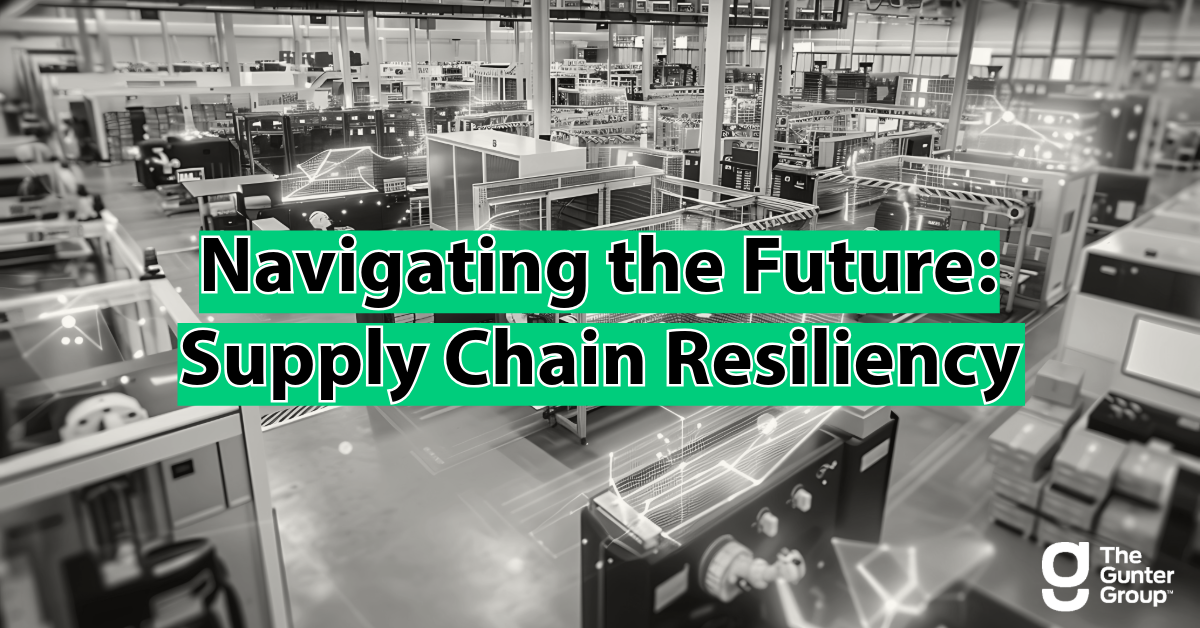In a world of constant change, supply chains face unprecedented challenges. Building resilience has become essential for businesses to adapt and thrive. In this article we explore key strategies—like integration, partnerships, and risk management—to help organizations navigate complexity and ensure continuity in an unpredictable environment.
Tag Archives: supply chain management
Navigating the Future: People in Supply Chain
Preparing your workforce is key to successful supply chain transformations. In this post, we explore workforce planning, global talent management, change implementation, and strategies to build a resilient supply chain for the future.
Navigating the Future: Supply Chain Optimization Part 2
In our second installment on supply chain optimization, we dive into the evolving trends in eCommerce, Supply Chain Collaboration, and Sustainability. Learn how these areas are transforming supply chains, presenting new challenges, and offering opportunities for businesses to enhance efficiency, reduce costs, and build a more sustainable future.
Navigating the Future: Supply Chain Optimization Part 1
In this first installment on supply chain optimization, we delve into the critical areas of Data & Analytics and Flexibility & Agility. Learn how predictive analytics, big data, and digital supply chain twins are revolutionizing efficiency, while strategies like Supply Chain as a Service and elastic logistics help businesses stay agile in a dynamic market.
Navigating the Future: How Automation is Shaping Supply Chains
Explore how automation is reshaping supply chains across the four key pillars of: manufacturing, warehousing, logistics, and fulfillment. Discover how to strategically optimize your supply chain and unlock efficiency gains and cost savings for your organization.
Navigating the Future: 9 Ways Tech and AI are Impacting Supply Chains
Supply chains must be agile and adaptive to thrive. In the first part of our supply chain blog series, we explore nine ways technology and AI are impacting supply chains across industries.





